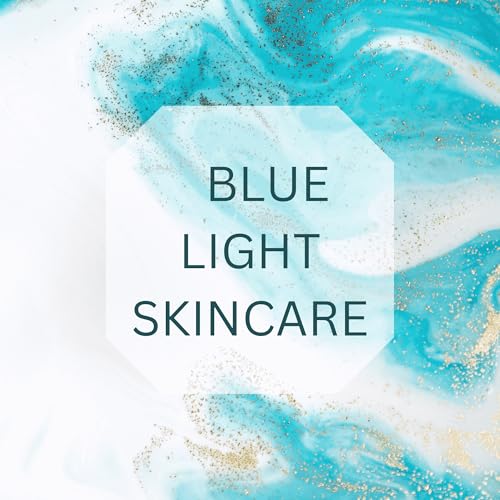The focal point of our discussion today revolves around the pervasive presence of high energy visible (HEV) light, commonly referred to as blue light, and its potential impact on skin aging. As we navigate an era increasingly dominated by digital devices, the concern regarding the effects of prolonged exposure to blue light has escalated, prompting the emergence of a plethora of skincare products claiming to offer protection. However, our inquiry delves deeper: does this exposure genuinely accelerate skin aging, or is it merely a manifestation of strategic marketing preying on our anxieties? Through a thorough examination of scientific research, we aim to elucidate the realities of blue light exposure, particularly in comparison to the more significant threat posed by natural sunlight. Ultimately, our exploration seeks to clarify the nuances surrounding blue light and its implications for skincare, while also offering actionable insights into effective protective measures.
The discourse delves into the omnipresent phenomenon of high energy visible (HEV) light, commonly denoted as blue light, and its purported effects on skin health. This conversation is particularly salient in an era characterized by an unprecedented reliance on digital devices, with individuals frequently engaging with screens for prolonged durations. The emergence of a plethora of skincare products claiming to mitigate the adverse impacts of blue light is indicative of the collective anxiety surrounding skin aging associated with digital exposure. Throughout this episode, we scrutinize the veracity of claims that prolonged screen time genuinely contributes to skin aging or whether such assertions are merely a marketing stratagem designed to exploit our fears regarding modern technology. By dissecting the science behind blue light, its sources, and its physiological impacts on the skin, we aim to provide a nuanced understanding of whether our digital habits necessitate a reevaluation of skincare practices.
A pivotal theme that emerges is the comparative analysis of natural versus artificial sources of blue light. While it is widely acknowledged that the sun is the predominant source of blue light exposure, the episode highlights research indicating that the intensity of blue light emitted from digital devices is minuscule in contrast to that of sunlight. For instance, studies reveal that the cumulative blue light exposure from an entire week of screen time equates to merely one minute of sunlight exposure on a summer day. This revelation prompts a critical examination of the efficacy of anti-blue light products and whether they address a genuine concern or merely capitalize on consumer apprehension. Furthermore, the discussion extends to the mechanisms by which blue light may contribute to skin aging, including oxidative stress and pigmentation changes, encouraging listeners to consider the importance of adopting a holistic approach to skincare that transcends the mere application of topical products.
As we navigate through the complexities of this topic, the episode culminates with actionable insights regarding protective measures against blue light, emphasizing the significance of utilizing both physical filters and antioxidants. We advocate for the incorporation of tinted sunscreens enriched with iron oxides, which have shown to provide enhanced defense against blue light-induced pigmentation, alongside the application of potent antioxidants to combat oxidative stress. In light of the emerging research exploring the potential epigenetic effects of blue light on skin aging, we encourage our audience to reflect on their digital habits and the implications for their skincare routines. Ultimately, this discourse serves as a clarion call for informed decision-making regarding our interactions with technology and the consequent effects on our skin health.
Takeaways:
- The predominant source of blue light...
 12 分
12 分 14 分
14 分 15 分
15 分 15 分
15 分 15 分
15 分
